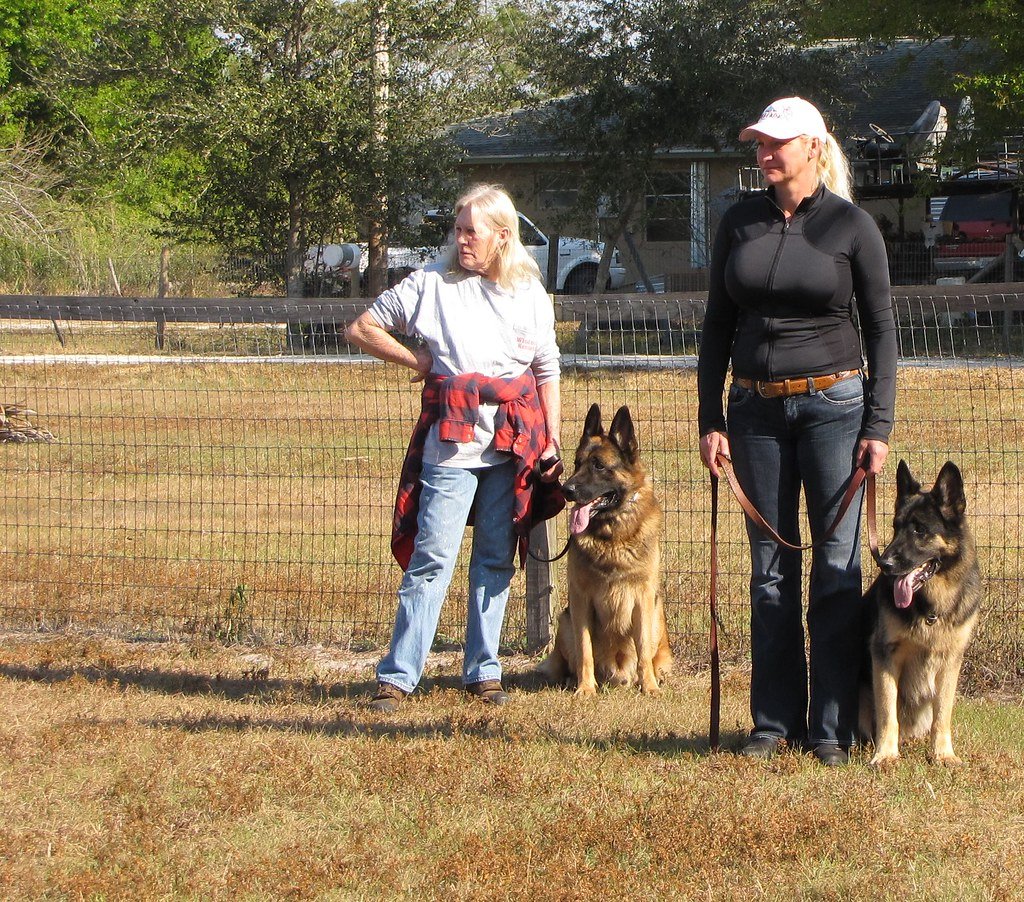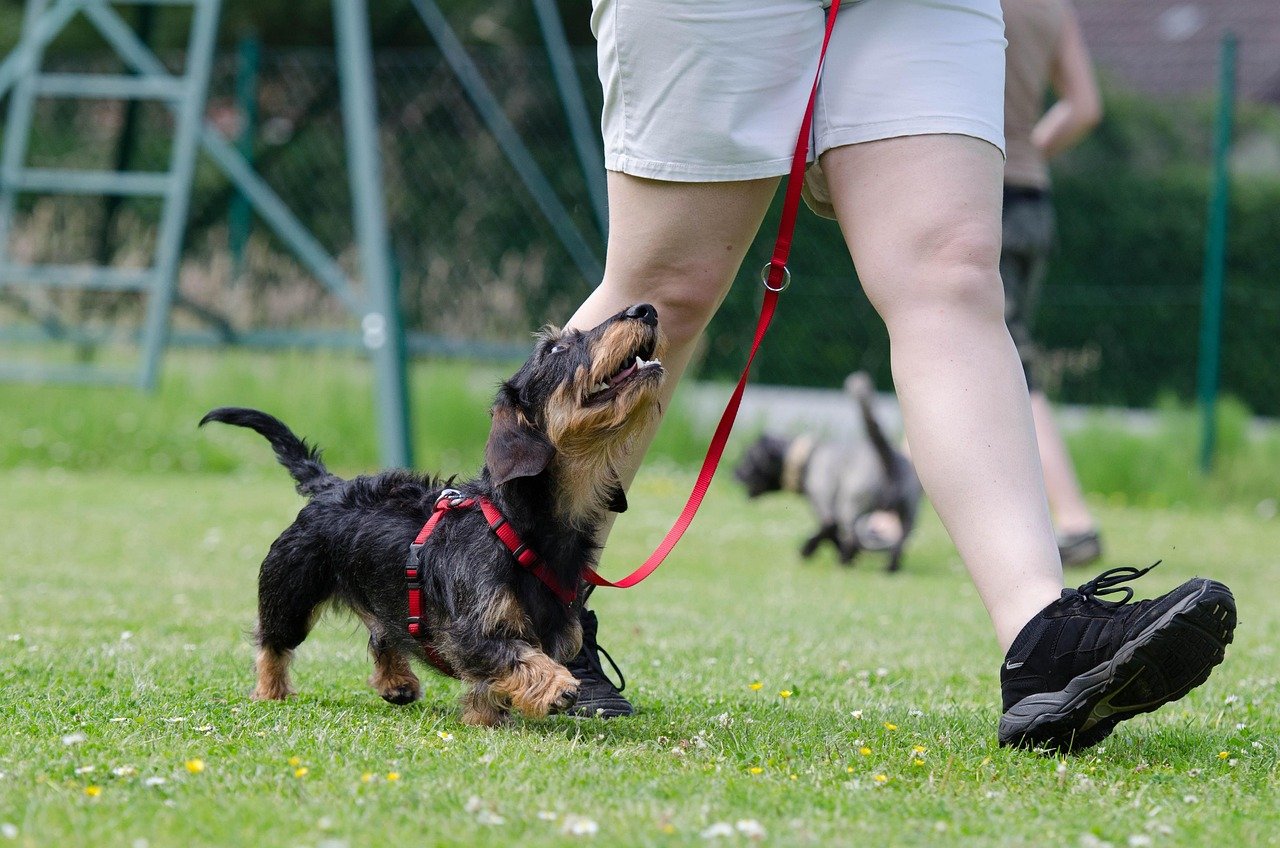Ever found yourself sweating bullets in a rest stop parking lot, your dog barking at every stroller, suitcase, or shadow? If so, you’re in good company. Traveling with a reactive dog isn’t just a logistical puzzle—it’s an emotional rollercoaster. But here’s the thing: with the right guidance and a little heart, you and your sensitive pup really can hit the road together, stress dialed down and tails wagging.
Understand What Makes Your Dog Reactive

Every dog has a story, and for reactive dogs, the world can be filled with surprises that set off alarm bells. Some bark at strangers, others lunge at skateboards, and a few cower at the sound of rolling suitcases. Knowing your dog’s unique triggers—whether it’s people, other dogs, or weird noises—lets you plan ahead and avoid unnecessary stress.
Picture your dog’s reactivity like a kettle on the stove: if you ignore those first warning whistles, things can boil over. Watch for early signs like stiff bodies, wide eyes, or tense tails. These clues help you intervene before anxiety turns into a meltdown.
Plan Your Route and Destinations Carefully

Not every pit stop is a good fit for sensitive pups. Look for quieter parks, pet-friendly hotels with private entrances, or trails where you won’t be dodging crowds. A little research goes a long way to avoid overwhelming situations.
It’s smart to map out places where your dog can decompress—a secluded patch of grass or a quiet corner at a rest area. These safe zones are like reset buttons, giving your dog (and you) a breather when things get intense.
Practice Calm Exits and Entries

Reactive dogs can get amped up just leaving the car or stepping into a new place. Practice calmly getting in and out of vehicles at home, rewarding relaxed behavior with treats or praise. Familiar routines build confidence.
If your dog starts to tense up when you approach a new spot, slow down. Let them sniff and take in the scene before moving forward. Think of it like dipping a toe in the water before diving in.
Pack Essentials for Comfort and Safety

Familiar smells can soothe an anxious pup far from home. Bring your dog’s favorite blanket, well-loved toys, and their regular food. These comforts are more than just stuff—they’re emotional anchors.
For safety, don’t forget a secure harness, a sturdy leash, and proper ID tags. Double-check that your travel crate or seatbelt harness fits just right. A comfortable, contained dog is a calmer traveler.
Brush Up on Training Before You Go

Simple cues like “watch me,” “leave it,” or “let’s go” are lifesavers for redirecting focus when your dog feels overwhelmed. Practice these commands in different environments before you travel.
Short, positive training sessions can help your dog learn to look to you for guidance. The more you reward calm choices, the more your dog will trust that you’ve got their back—even in new places.
Be Mindful of Body Language and Health Cues

Your dog may not speak, but their body tells a story. Look for subtle signs of stress: yawning when not tired, lip licking, or shaking off like they’re wet. These clues signal your dog’s comfort level.
Monitor for signs of fatigue or overheating, especially during travel. A panting, restless dog might need a break sooner than you planned. Trust what your dog’s body is telling you—they know their limits best.
Give Plenty of Breaks and Space

Just like us, reactive dogs need regular pit stops to stretch, sniff, and reset. Schedule breaks in quieter spots whenever possible—think empty fields, not busy playgrounds.
It helps to keep a respectful distance from other travelers, dogs, or chaotic scenes. Space isn’t just physical; it’s emotional too. The freedom to step away can make all the difference.
Use Management Tools, Not Just Training

Sometimes, even the best training isn’t enough in a tough spot. Tools like head halters, no-pull harnesses, or visual barriers (like a towel over a crate) can help your dog feel secure and less exposed.
Don’t hesitate to use treats, toys, or calming sprays to keep your dog busy and distracted. These aren’t crutches—they’re smart ways to help your dog succeed.
Set Realistic Expectations and Celebrate Progress

Travel with a reactive dog is rarely picture-perfect. There will be hiccups—maybe a barking fit at a lobby or a backtrack on a busy sidewalk. That’s okay. Every calm moment, no matter how small, is a win.
Be kind to yourself and your dog. Progress is often slow and comes in baby steps. Celebrate those little victories and remember: you’re building trust, not chasing perfection.
Have a Backup Plan for Tough Moments

Sometimes, despite your best efforts, things unravel. Maybe a festival pops up at your rest stop, or a fire alarm blares in the hotel. Have a plan to retreat—whether it’s heading back to the car, using a calming mat, or calling it a day early.
Knowing you have options lowers your own stress, which your dog will pick up on. Flexibility is your best friend when traveling with a reactive companion.
Conclusion

Traveling with a reactive dog takes patience, empathy, and a sense of humor. It’s not always easy, but every adventure deepens the bond between you and your dog. With a little planning and a lot of love, you can create road trip memories you’ll both treasure. What new places might you discover together if you both felt truly understood?

Born and bred in South Africa, a Capetonian at heart. Amy-Leigh’s love for nature and animals was inherited from her Dad. He loves taking the family on road trips to experience nature at its finest; Amy-Leigh’s favourite being whale watching in Hermanus and spotting Kudu along the West Coast. Amy-Leigh holds a BA in English Literature and Communication Studies.






